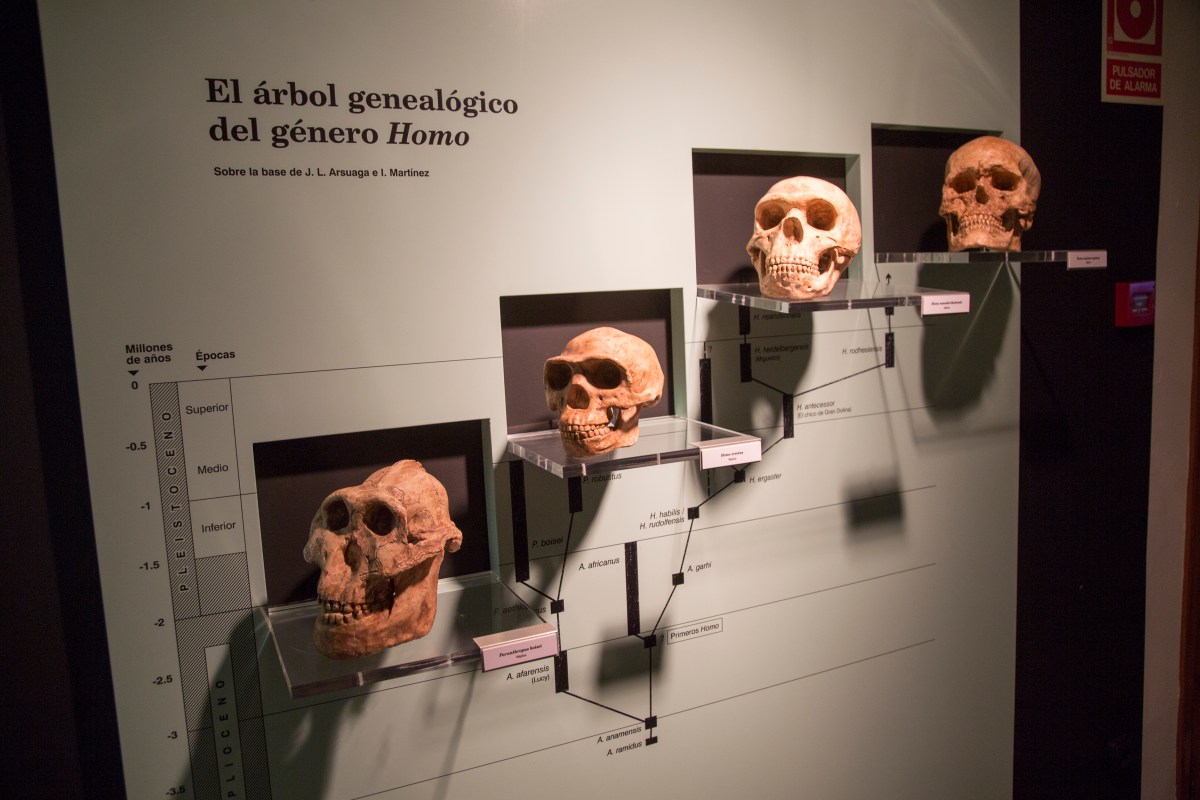Geneticist David Reich went from studying the living to studying the dead. The precipitating event came in the form of 40,000-year-old Neanderthal bones found in a Croatian cave, writes The Atlantic. The bones were so well-preserved that scientists were able to get out enough DNA for sequencing. In 2007, it became Reich’s job to analyze the DNA for signs that Neanderthals interbred with humans. To his surprise, the DNA revealed the humans and Neanderthals did interbreed in their time together in Europe, potentially more than once. Surprisingly, the people carrying the most Neanderthal DNA today are not in Europe but in East Asia, likely due to the patterns of ancient human migration in Eurasia in the thousands of years after Neanderthals died out. All this research paints a complicated, but dynamic, picture of human prehistory, writes The Atlantic. Humans have been on the move since the very beginning of our species, and they have replaced and mixed with local populations at different points.
Thanks for reading InsideHook. Sign up for our daily newsletter and be in the know.


















